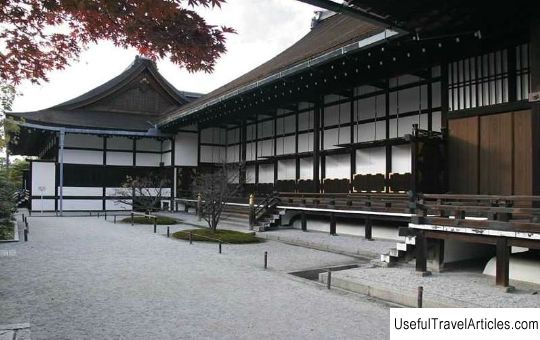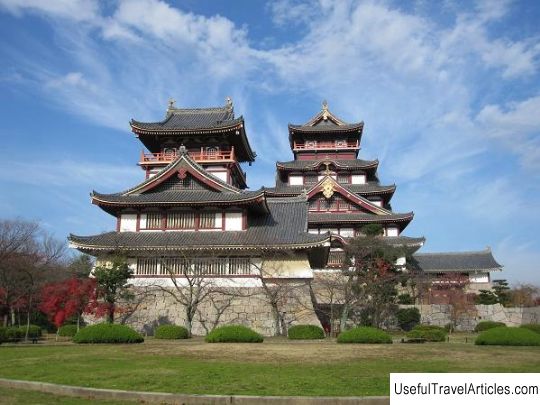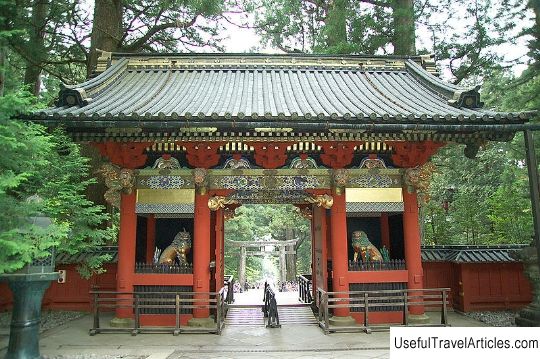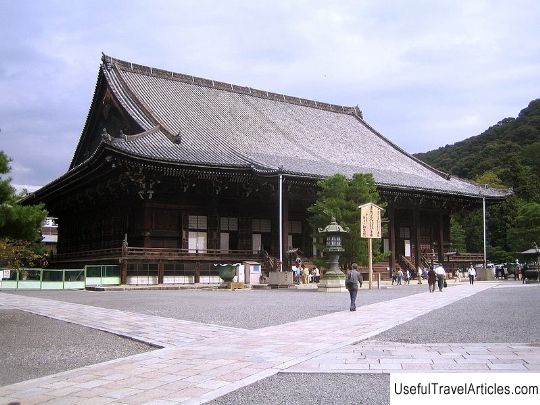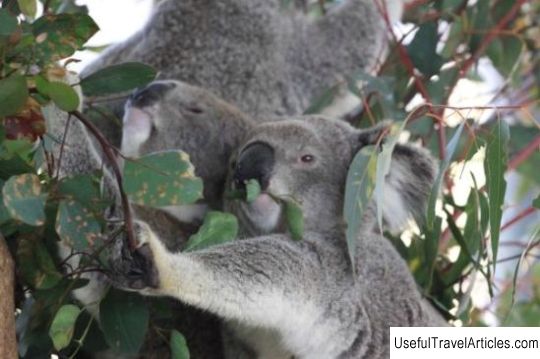Nijo Castle description and photos - Japan: Kyoto
Rating: 8,0/10 (765 votes) 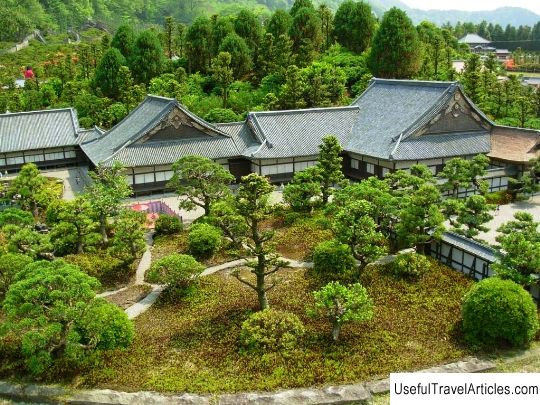
Nijo Castle description and photos - Japan: Kyoto. Detailed information about the attraction. Description, photographs and a map showing the nearest significant objects. The name in English is Nijo Castle. Photo and DescriptionNijo Castle is famous for being the seat of the Tokugawa clan for two and a half centuries. In addition, it was here, in the Ninomaru Palace, that the last Japanese shogun, Tokugawa Yoshinobu, handed over power to Emperor Meiji in 1867. In 1939, the palace was handed over to the city of Kyoto, and a year later it was opened to the public. Since 1994, it has been a UNESCO World Heritage Site and a national treasure of Japan. The construction of the castle began in 1601 by order of the ruler of Tokugawa Ieyasu, and finished in 1926 by his grandson Tokugawa Iemitsu. All feudal lords were required to provide materials and workers for construction. As a result, the residence included several palaces and buildings with a total area of more than 8000 sq. meters, and together with the gardens, the area of the complex is 275 thousand square meters. meters. Nijo Castle is surrounded by two rings of fortifications, each of which consists of a stone wall and a moat. Inside are the Hommaru and Ninomaru palaces. Hommaru Palace is located in the inner ring, and Ninomaru is located between these rings. Ninomaru Palace consists of several buildings: the reception palace, where visitors awaited an audience with the shogun, guest houses, houses for important persons. Separate buildings were erected for the wives and concubines, as well as for the shogun himself. In each of these rooms, an elevation was created for the ruler, since no one could stand above the head of the seated master. The main building of the Ninomaru Palace is designed in the traditional Japanese style - tatami mats are spread on the floor, and the walls are painted with animals and plants using bright colors and gilding. The peculiarity of the palace - creaking ("singing") floors are a variant of medieval signaling. With their sound, they reported that someone was approaching the chambers of the ruler. The plants for the gardens that are located in Nijo Castle are selected in such a way that they appear before guests in bloom at any time of the year. However, initially, mostly evergreen crops grew in the garden. Nijo Castle is located in the Nakagyo district of Kyoto, the former capital of Japan, and bears the name of the road on which it is located.         We also recommend reading Sapokka Water Garden Kotka description and photos - Finland: Kotka Topic: Nijo Castle description and photos - Japan: Kyoto. |
